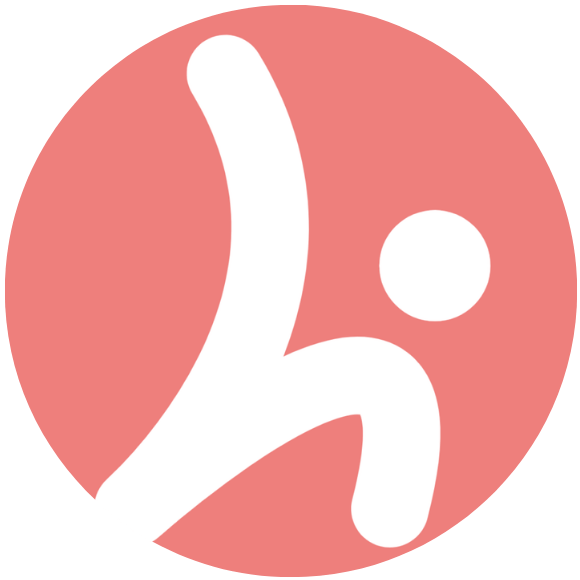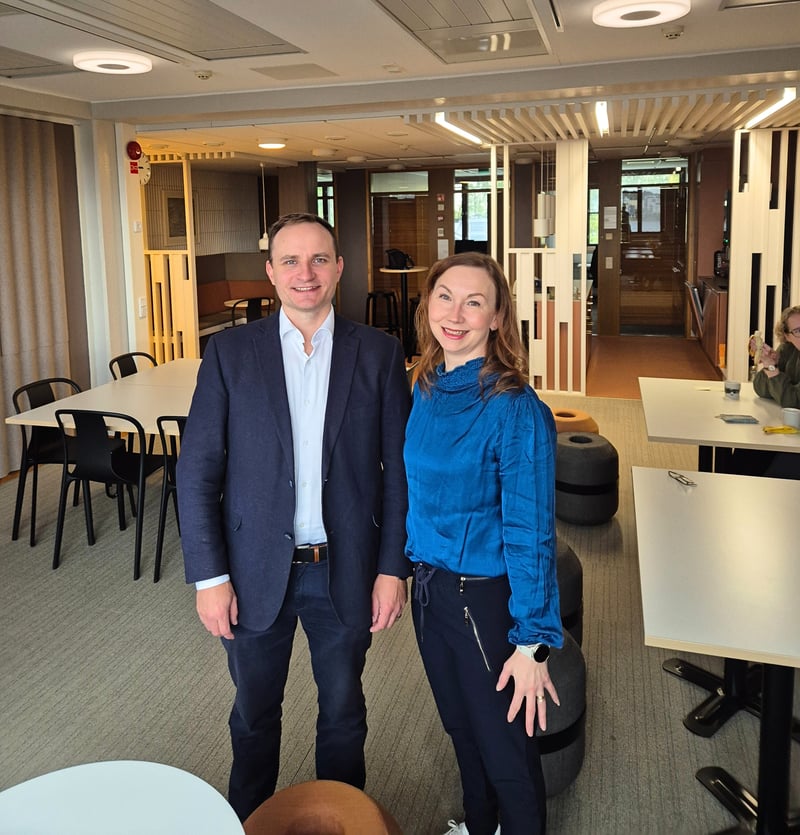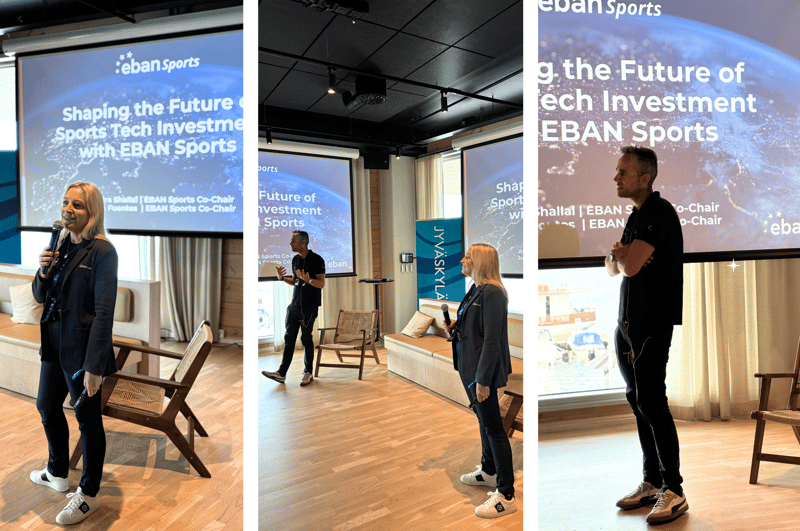BiopSense’s roots are in Business Finland’s (former Tekes) Research to Business project at the University of Jyväskylä five years ago.
—Although the goal of the project was to generate new business, as the name says, it was only when the work packages were completed that we began to believe that this could grow into something significant, recalls Marja Tiirola, Professor of Environmental Microbiology specializing in DNA technology.
—In practice, early-stage innovations are difficult to sell to anyone, so the developers of the innovation are best placed to move the business forward, she continues.
BiopSense, which started operations in January 2019, focused on its first year’s business planning and fundraising, which was received, from ELY Center’s productization funding and Business Finland’s Tempo project.
At the beginning of 2020, BiopSense leased its premises from the university and one of the founding members took over as CEO.
The Covid pandemic becomes a business opportunity
In March 2020, the Covid pandemic changed BiopSense’s plans, as it did those of many other companies. The focus shifted from product development to Covid testing, which had significant business potential for BiopSense.
—In terms of funding, of course, we hadn’t prepared for PCR testing. But we made calculations on whether we should go along or not, and we decided to give it a go, Tiirola says.
(Read more: BiopSense and Vita Laboratories increase Finland’s coronavirus testing capacity by 1,000 tests per day)
The risk-taking paid off. BiopSense achieved a turnover of several million euros over a period of 18 months through testing.
—At our peak, we had almost 20 employees and reached up to 1,500 tests. The average response time was six hours. Our customer, the private social and healthcare services provider Mehiläinen, was very satisfied.
BiopSense returned to liquid biopsy product development in the fall of 2021. The company also applied for new European Innovation Council (EIC) Transition Challenge funding, which generated €2.5 million in project funding for their product development.
—We have now been fully engaged in product development for a year. Our goal is to have the product ready within three years. At the same time, we are investigating what other needs the product can scale to, Tiirola says.
First funding often from public actors
According to Tiirola, to get the first funding, you usually need to rely on public sector options.
—Angel investors usually don’t get involved at this stage, and the bank grants a loan only if you’re ready to offer up your own assets as collateral, she describes.
—When it comes to an innovation project, it is possible to get risk funding for product development from public actors such as ELY and Business Finland. We have also used them.
There is a lot of interest in BiopSense’s operations, but for the time being, the company works with the capital brought in by the Covid tests and with the support of EU funding. Unifund Jyväskylä is a shareholder in the company in exchange for the IPR it has transferred.
—The intention is to open a funding round for investors next spring. We are looking for a cluster of investors that would also bring us commercial expertise for the future phases, says Tiirola.
A good funding application has “that extra something”
An almost 30-year university career has given Tiirola not only research expertise but also other useful abilities.
—I am a very experienced application writer, she laughs.
Public sector funding applications are extensive and very time-consuming. Tiirola has also brought in the expertise of an external consultant in the applications.
—In terms of time management, it is efficient that one person concentrates and spends time on writing applications, but someone on the outside can also take care of certain parts of preparing the application. A consultant can also bring new ideas into the discussion and raise the bar and thus the level of the application, Tiirola praises.
The EU funding of €2.5 million is a significant success for BiopSense.
—A good application always has “that extra something”, innovativeness. In the case of EU funding, we succeeded well and have received praise for an excellent application.
However, she points out that even a good application does not alone guarantee funding.
—If the product is good and clear, it definitely improves your possibilities. In our case, it was probably also an advantage that we applied for funding as a single company and not as a group of partners, as is often the case. When you have a good team and a clear and understandable project, it is easier for the investor to see the potential of the product, Tiirola reflects.
BiopSense operates in an industry that is currently booming. —Especially in America, people are very interested in how health can be measured and monitored from blood, Tiirola points out. According to her, strict regulation of the health sector is only a good thing. —Regulation is beneficial for us because it makes copying of the product more difficult.
Elements of a successful funding application – case BiopSense
What factors helped BiopSense to receive €2.5 million in EU funding?
- A project idea that is suitable for EU applications
• Based on a careful and customer-oriented mapping of market needs
• A clear vision and story that came out well in the application - Innovativeness and novelty value
• An innovative solution that makes the sampling process easier and lowers associated cost - Result orientation
• Strong team commitment and motivation to commercialize the innovation - Cooperation
• Understanding the importance of customer orientation by collaborating with partners and potential customers from the very beginning - IPR and financing
• IPR owned by the company
• The owners are committed to the company through their own financing stake



